GLITCH INTO THE CHASM
“[c]haos remains as a fissure, or gap, in the abyss of all existence…at once yawning chasm and opening…” Emmanuel Falque, 2016
Glitch into the Chasm is a site-specific performance and installation, that stages a painted pyroclastic cloud—catastrophic, amorphous, immense—as the backdrop for a choreographed act of falling. Presented across three venues marked by ecological disruption and social precarity—both hidden and exposed—the project intertwines AI-generated imagery, principles of painting, and bodily movement.
The work explores the glitch as a point of rupture: not just a digital malfunction, but a moment of breakdown in perception, system, and world. Glitches appear in the aesthetics—fragmented cloudscapes, distorted visual logic—as well as in the sites themselves: landscapes bearing the wounds of extraction, upheaval, and collapse. Every ecological harm is treated as a fissure in the Earth’s crust—a planetary glitch—revealing the instability of both data and ground.
At the center is the figure of the cloud: a body without surface, contourless and color-ambivalent, yet filled with substance. As Hubert Damisch writes, “The cloud is the zero degree of painting… the emblem of pictoriality.” It becomes the screen on which fear, desire, and digital artifacts are projected.
The performance references the myth of Marcus Curtius, who leapt into a chasm to heal a fractured republic. But here, the leap is not heroic—it is glitchy, faltering, uncertain. Viewers are invited to inhabit the chasm not as spectators of sacrifice but as fluid, open bodies moving among fractures.
By positioning the glitch—visual, ecological, and societal—at the center of both imagery and action, Glitch into the Chasm reframes collapse not as an end, but as an unstable, necessary threshold. It asks how we might dedicate ourselves to this moment of instability—not to restore the old, but to move, collectively, toward something else.

Seismic data will be collected ‘along the line’ – from Catania via Zagreb, Vienna, Brno, Stockholm, Kiruna to Skjervøy – via ORFEUS (Observatories and Research Facilities for European Seismology, which focuses on broadband seismological waveform data throughout Europe).
Artists:
Nicolas Freytag is a painter who explores questions of tradition in the history of art in relation to new forms of image production. The sources and media he uses in his examinations of analogies and distortions—particularly in the posture of figures and the unfolding of landscapes—are heterogeneous, while his compositions employ the approach of stratification. He has exhibited in London, Paris, Geneva, and at the Sharjah Biennial.
Lucie Strecker is an artist, performer, and researcher with a focus on experimental systems within performance art. She considers microperformativity in combination with mythology as a way to question human levels of perception––both spatial and temporal—emphasizing biological and technological micro-agencies in relation to art and history. Works have been shown i.a. at Tanzquartier Vienna, Impulse Festival, Düsseldorf, the House of World Cultures, Berlin, the Onassis Cultural Center, Athens, the Bemis Center, Omaha, the MAK, the 21er Haus, Vienna, the MAXXI Museum for Contemporary Art Rome.

